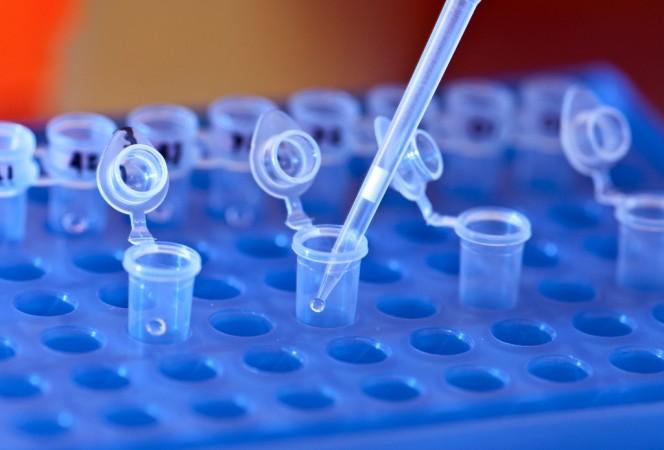
From gene editing crops for better food production to weeding out disease causing mutations in human embryos, the Crispr technique has taken quite a leap in five years. Recently, US scientists claimed even more efficient results with human embryos than achieved so far. They claimed to have successfully edited genes in human embryos to weed out a heart disease-causing mutation and produce healthy embryos.
Fertilised eggs from sperm of a man with hypertrophic cardiomyopathy and eggs from 12 healthy women, received the CRISPR-Cas9, or 'genetic scissors' that cut and replaced the mutated DNA sequence on the male gene.
The research, done in collaboration by Oregon Health and Science University team with colleagues in California, China and South Korea, yielded even better results when the scissors was inserted with the sperm, before fertilisation. More of the resulting cells showed the mutation was gone. No new mutations were produced in the process either. But some resulting embryos did end up with unwanted changes of the DNA.
A surprise element in this success was that instead of borrowing the inserted DNA strand, the male gene copied the healthy sequence from the female gene. It is expected that for mutations on maternal genes, the female gene would simply copy a healthy sequence from the paternal gene. Obviously, this won't work if both genes come with some mutations.
The latest study holds much promise in helping to tackle around 10,000 conditions resulting from inherited mutations. These include breast and ovarian cancer, Tay-Sachs, beta thalassemia, sickle cell anaemia, cystic fibrosis and even early stages of Alzheimer's, say experts.
Crispr or Clustered Regularly-Interspaced Short Palindromic Repeats, is a technique borrowed from bacteria that use certain repeated strands of viral DNA within its genome todetect and annihilate unwanted viruses.
Scientists applied the same to humans where the enzymes carried a code saying which bit is to be cut.
It must be remembered however that Crispr cannot be used to reverse an existing disease in humans, but only helps prevent the same in progeny by working on the embryo stage.
From changing the colour of a flower or making dogs muscular to weeding out unwanted traits of mosquitoes or crop pests once for all, Crispr is handy and easy to use.
But on the downside, as with most technology, this one too holds tremendous potential for mischief and downright catastrophe.
For one, there are the fears of designer babies sought by those with money and power. Using the technique, embryos can be suitably altered to have the 'right' colour, height, hair, etc. At least in theory for now. Right now the technique handles one gene at a time. Making all the changes would mean many cuts and copies in many genes and calls for more studies and understanding.

But eventually it could become possible, and even perhaps desirable for many. Who does not love a Superman with super powers? One wonders though what happens in a world with too many Supermen?
Ridding your child of unwanted diseases is one thing, but aiming for a perfect model is something else. It underlines a certain 'superior' race sought to be propagated. Like fashion statements that place one above the other, this one too will define a certain standard for the perfect human.
Not only will this leave no place for diversity but also create a rat race among those with money. Yet another divide in the human race.
Worser, gene editing tools like Crispr make it easy to stack up genes and build deadly pathogens. Researchers proved this possible by creating a smallpox virus from DNA sequences procured by mail! Bio-safety labs can keep their versions locked up. Terrorists can build their deadly toys at home more easily than breaking in.
Ethically too, gene editing as done with Crispr on embryos entails germline modification which results in complete make-over of the genetic material, something that will be handed down generations, unless of course again modified! So, are we playing god? Or rather, a blind god?
As things stand now, gene editing can cause unintended mutations at other locations of the genome, with unknown consequences.
Gene editing has been done on animal models for some time now. In mice it has helped cure blindness, but it was discovered that the process resulted in an unexpectedly high number of mutations to the full genome.
However, given the solution it offers for saving new-born children from deadly inherited diseases, gene editing cannot be banned. As a US National Academy of Sciences, Engineering and Medicine panel suggested, it could be regulated for use only to correct mutations causing serious disease or condition and when no better alternatives exist.
Limitations and regulations will have to be the way.
For now.
Finally, today's magic is tomorrow's given. Just like the furore over the 'unnatural' artificial insemination and test tube babies created a couple of decades ago, but are passe now, gene editing could be the norm two decades ahead. Hopefully, designer babies will be kept on hold.








